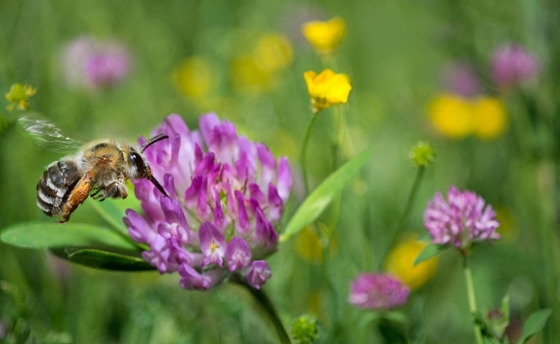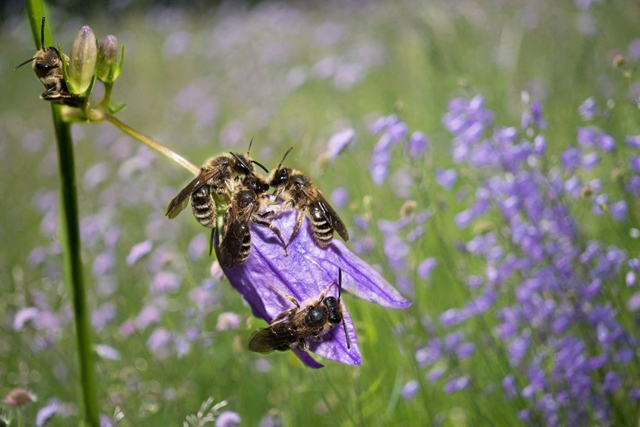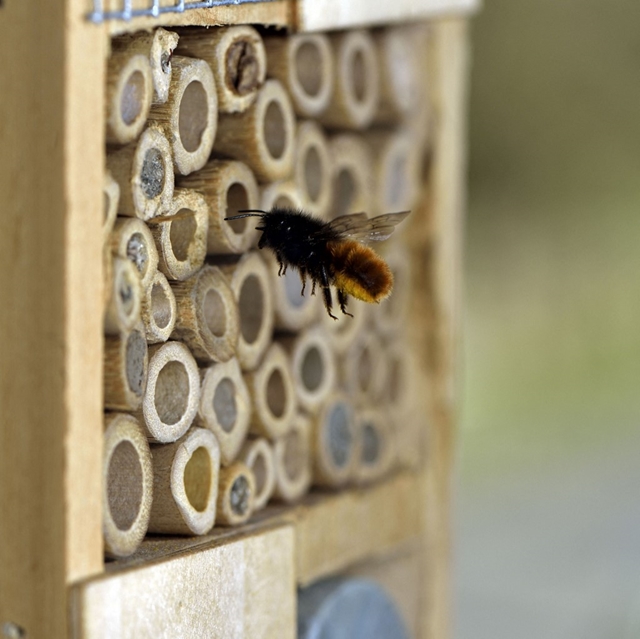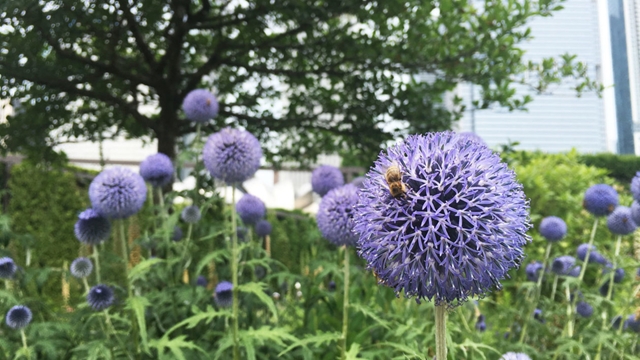[{“available”:true,”c_guid”:”90b8bf3d-9005-4fcc-83a1-9bfa96e99cf6″,”c_author”:”hvg.hu”,”category”:”itthon”,”description”:”Erősen felhős, borult eget jósol addig a meteorológia.”,”shortLead”:”Erősen felhős, borult eget jósol addig a meteorológia.”,”id”:”20210522_idojaraselorejelzes_felho_eso_szel”,”image”:”https://img2.hvg.hu/image.aspx?id=90b8bf3d-9005-4fcc-83a1-9bfa96e99cf6&view=ffdb5e3a-e632-4abc-b367-3d9b3bb5573b”,”index”:0,”item”:”b7f4423c-d01e-4814-9ec0-f564febd4bad”,”keywords”:null,”link”:”/itthon/20210522_idojaraselorejelzes_felho_eso_szel”,”timestamp”:”2021. május. 22. 11:15″,”title”:”Vasárnap délutánig ne számítson verőfényre!”,”trackingCode”:”RELATED”,”c_isbrandchannel”:false,”c_isbrandcontent”:false,”c_isbrandstory”:false,”c_isbrandcontentorbrandstory”:false,”c_isbranded”:false,”c_ishvg360article”:false,”c_partnername”:null,”c_partnerlogo”:”00000000-0000-0000-0000-000000000000″,”c_partnertag”:null},{“available”:true,”c_guid”:”3c1ada79-c9b9-45dd-873c-0ff73a2da56e”,”c_author”:”hvg.hu”,”category”:”cegauto”,”description”:”Ez a remek állapotú BMW 2002 egyenesen a 70-es évek közepére repít vissza bennünket.”,”shortLead”:”Ez a remek állapotú BMW 2002 egyenesen a 70-es évek közepére repít vissza bennünket.”,”id”:”20210522_elado_a_nagyon_ritka_elso_turbos_bmw_egy_megkimelt_peldanya”,”image”:”https://img2.hvg.hu/image.aspx?id=3c1ada79-c9b9-45dd-873c-0ff73a2da56e&view=ffdb5e3a-e632-4abc-b367-3d9b3bb5573b”,”index”:0,”item”:”0341bc50-6713-42fd-b2bb-f44af2891bf8″,”keywords”:null,”link”:”/cegauto/20210522_elado_a_nagyon_ritka_elso_turbos_bmw_egy_megkimelt_peldanya”,”timestamp”:”2021. május. 22. 06:41″,”title”:”Eladó a nagyon ritka első turbós BMW egy megkímélt példánya”,”trackingCode”:”RELATED”,”c_isbrandchannel”:false,”c_isbrandcontent”:false,”c_isbrandstory”:false,”c_isbrandcontentorbrandstory”:false,”c_isbranded”:false,”c_ishvg360article”:false,”c_partnername”:null,”c_partnerlogo”:”00000000-0000-0000-0000-000000000000″,”c_partnertag”:null},{“available”:true,”c_guid”:”71db0722-5869-4d3f-9562-8a2300345211″,”c_author”:”László Ferenc”,”category”:”cegauto”,”description”:”A spanyol brand első saját fejlesztése ugyan crossover besorolású, de csak minimálisan magasabb egy hagyományos kompakt modellnél. Így aztán a vezetési élményt rendesen kimaxolja a sportos Cupra Formentor, mely a 2021-es Év Autója választáson az előkelő harmadik helyen végzett.”,”shortLead”:”A spanyol brand első saját fejlesztése ugyan crossover besorolású, de csak minimálisan magasabb egy hagyományos kompakt…”,”id”:”20210522_teszten_a_vw_uj_markajanak_elso_sajat_modellje_a_310_lovas_cupra_formentor”,”image”:”https://img2.hvg.hu/image.aspx?id=71db0722-5869-4d3f-9562-8a2300345211&view=ffdb5e3a-e632-4abc-b367-3d9b3bb5573b”,”index”:0,”item”:”a01d4077-1a1a-4e72-a11a-ec5f31e38d65″,”keywords”:null,”link”:”/cegauto/20210522_teszten_a_vw_uj_markajanak_elso_sajat_modellje_a_310_lovas_cupra_formentor”,”timestamp”:”2021. május. 22. 07:59″,”title”:”Teszten a VW új márkájának első saját modellje, a 310 lovas Cupra Formentor”,”trackingCode”:”RELATED”,”c_isbrandchannel”:false,”c_isbrandcontent”:false,”c_isbrandstory”:false,”c_isbrandcontentorbrandstory”:false,”c_isbranded”:false,”c_ishvg360article”:false,”c_partnername”:null,”c_partnerlogo”:”00000000-0000-0000-0000-000000000000″,”c_partnertag”:null},{“available”:true,”c_guid”:”3f6f20bb-17c9-40dd-b046-b1ec1fdc5c93″,”c_author”:”hvg.hu”,”category”:”itthon”,”description”:”Egy erdészeti munkagéppel történt a halálos baleset.”,”shortLead”:”Egy erdészeti munkagéppel történt a halálos baleset.”,”id”:”20210521_felborult_munkagep_meghalt_ferfi”,”image”:”https://img2.hvg.hu/image.aspx?id=3f6f20bb-17c9-40dd-b046-b1ec1fdc5c93&view=ffdb5e3a-e632-4abc-b367-3d9b3bb5573b”,”index”:0,”item”:”302d9d3e-f0d3-4397-a003-c1feca279c78″,”keywords”:null,”link”:”/itthon/20210521_felborult_munkagep_meghalt_ferfi”,”timestamp”:”2021. május. 21. 16:42″,”title”:”Felborult egy munkagép, meghalt az azzal dolgozó férfi Nemeshetésen”,”trackingCode”:”RELATED”,”c_isbrandchannel”:false,”c_isbrandcontent”:false,”c_isbrandstory”:false,”c_isbrandcontentorbrandstory”:false,”c_isbranded”:false,”c_ishvg360article”:false,”c_partnername”:null,”c_partnerlogo”:”00000000-0000-0000-0000-000000000000″,”c_partnertag”:null},{“available”:true,”c_guid”:”ba720203-0b2a-4282-a881-d808f7c5930e”,”c_author”:”hvg.hu”,”category”:”vilag”,”description”:”Egy békésnek indult megemlékezés fajult el. “,”shortLead”:”Egy békésnek indult megemlékezés fajult el. “,”id”:”20210521_wales_randalirozo_fiatalok_felgyujtott_autok”,”image”:”https://img2.hvg.hu/image.aspx?id=ba720203-0b2a-4282-a881-d808f7c5930e&view=ffdb5e3a-e632-4abc-b367-3d9b3bb5573b”,”index”:0,”item”:”46af08e4-bf45-439e-830b-e46c99d695ee”,”keywords”:null,”link”:”/vilag/20210521_wales_randalirozo_fiatalok_felgyujtott_autok”,”timestamp”:”2021. május. 21. 14:45″,”title”:”Autókat gyújtogattak, majd kőzáporral fogadták a rendőröket Walesben a randalírozó fiatalok – videó”,”trackingCode”:”RELATED”,”c_isbrandchannel”:false,”c_isbrandcontent”:false,”c_isbrandstory”:false,”c_isbrandcontentorbrandstory”:false,”c_isbranded”:false,”c_ishvg360article”:false,”c_partnername”:null,”c_partnerlogo”:”00000000-0000-0000-0000-000000000000″,”c_partnertag”:null},{“available”:true,”c_guid”:”7b70ddcb-9902-4718-bb3b-68475e438a2f”,”c_author”:”HVG360″,”category”:”360″,”description”:”Világszerte, így Magyarországon is gombamód szaporodnak a házi kedvenceket is befogadó szálláshelyek. A kereslet gyorsan nő, ezzel párhuzamosan nemcsak az állatbarát szállodák és panziók száma emelkedik, hanem a szolgáltatások köre is bővül. “,”shortLead”:”Világszerte, így Magyarországon is gombamód szaporodnak a házi kedvenceket is befogadó szálláshelyek. A kereslet…”,”id”:”202120__utazas_kisallatokkal__bovulo_szolgaltatasok__ebwellness__baratok_kozt”,”image”:”https://img2.hvg.hu/image.aspx?id=7b70ddcb-9902-4718-bb3b-68475e438a2f&view=ffdb5e3a-e632-4abc-b367-3d9b3bb5573b”,”index”:0,”item”:”9d51ef1a-8270-48b7-bb2b-e4357e862f38″,”keywords”:null,”link”:”/360/202120__utazas_kisallatokkal__bovulo_szolgaltatasok__ebwellness__baratok_kozt”,”timestamp”:”2021. május. 21. 17:00″,”title”:”„Faroktól a körömig”: Rohamtempóban fejlődik az állatbarát turizmus”,”trackingCode”:”RELATED”,”c_isbrandchannel”:false,”c_isbrandcontent”:false,”c_isbrandstory”:false,”c_isbrandcontentorbrandstory”:false,”c_isbranded”:false,”c_ishvg360article”:true,”c_partnername”:null,”c_partnerlogo”:”00000000-0000-0000-0000-000000000000″,”c_partnertag”:null},{“available”:true,”c_guid”:”416c87f2-9fdb-4199-9944-4822c9b2a055″,”c_author”:”Domány András”,”category”:”gazdasag”,”description”:”Több mint 50 ellenzéki képviselő nem várt a kormányra: benyújtotta azt a törvényjavaslatot, amely teljesítené az Alkotmánybíróság felszólítását.”,”shortLead”:”Több mint 50 ellenzéki képviselő nem várt a kormányra: benyújtotta azt a törvényjavaslatot, amely teljesítené…”,”id”:”20210521_munka_torvenykonyve_ellenzek_kormany_alkotmanybirosag”,”image”:”https://img2.hvg.hu/image.aspx?id=416c87f2-9fdb-4199-9944-4822c9b2a055&view=ffdb5e3a-e632-4abc-b367-3d9b3bb5573b”,”index”:0,”item”:”0556b3d7-7e7a-44c8-84e3-7d3ede6cb82d”,”keywords”:null,”link”:”/gazdasag/20210521_munka_torvenykonyve_ellenzek_kormany_alkotmanybirosag”,”timestamp”:”2021. május. 21. 19:30″,”title”:”Munka törvénykönyve: ellenzékiek végeznék el a kormány feladatát”,”trackingCode”:”RELATED”,”c_isbrandchannel”:false,”c_isbrandcontent”:false,”c_isbrandstory”:false,”c_isbrandcontentorbrandstory”:false,”c_isbranded”:false,”c_ishvg360article”:false,”c_partnername”:null,”c_partnerlogo”:”00000000-0000-0000-0000-000000000000″,”c_partnertag”:null},{“available”:true,”c_guid”:”f8f06fb7-f1d6-4486-bed4-55a831c13d73″,”c_author”:”Seres László”,”category”:”360″,”description”:”Könnyű elítélni, ha az izraeli hadsereg látványosan kilövi azt a gázai irodaházat, amelyben médiacégek, szerkesztőségek is dolgoznak. De hol marad a nyilvános kritikája annak, hogy a média jó része hosszú évek óta bombázza Izraelt rágalmakkal, előítéletekkel és hazugságokkal? Vélemény.rn”,”shortLead”:”Könnyű elítélni, ha az izraeli hadsereg látványosan kilövi azt a gázai irodaházat, amelyben médiacégek, szerkesztőségek…”,”id”:”20210522_Seres_Laszlo_Mediabombak_Izraelre”,”image”:”https://img2.hvg.hu/image.aspx?id=f8f06fb7-f1d6-4486-bed4-55a831c13d73&view=ffdb5e3a-e632-4abc-b367-3d9b3bb5573b”,”index”:0,”item”:”44c67f49-f53f-4042-b919-803d71649479″,”keywords”:null,”link”:”/360/20210522_Seres_Laszlo_Mediabombak_Izraelre”,”timestamp”:”2021. május. 22. 13:30″,”title”:”Seres László: Médiabombák Izraelre”,”trackingCode”:”RELATED”,”c_isbrandchannel”:false,”c_isbrandcontent”:false,”c_isbrandstory”:false,”c_isbrandcontentorbrandstory”:false,”c_isbranded”:false,”c_ishvg360article”:true,”c_partnername”:null,”c_partnerlogo”:”00000000-0000-0000-0000-000000000000″,”c_partnertag”:null}]
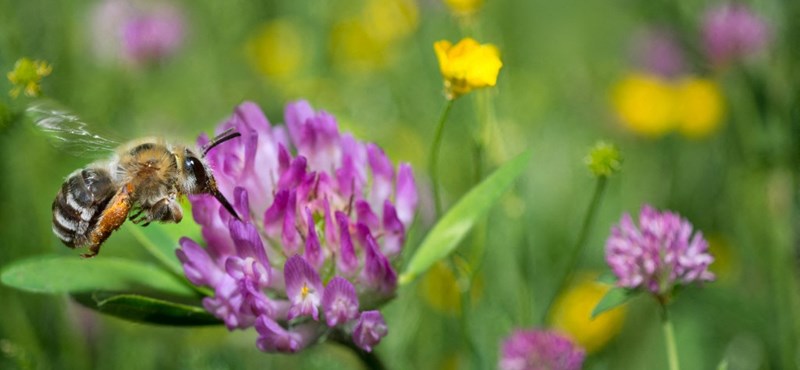
Recommended from the first page
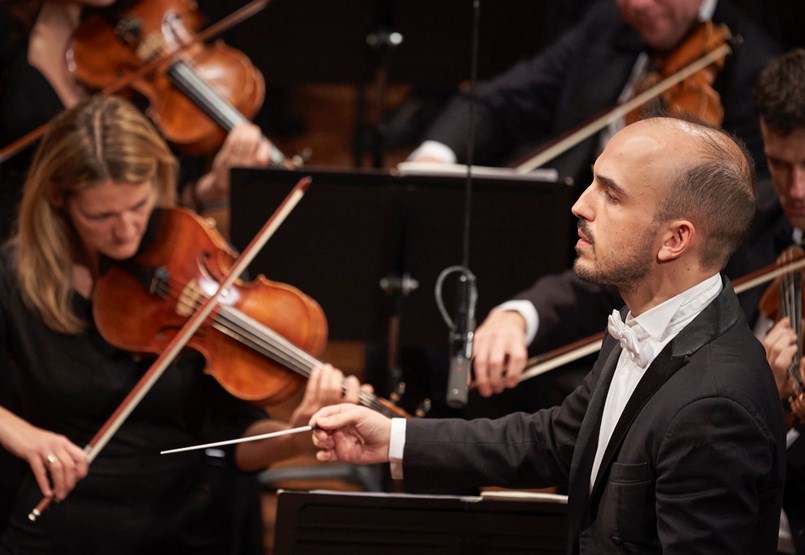
We have five million vaccinated.







